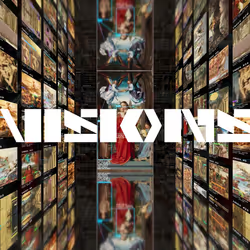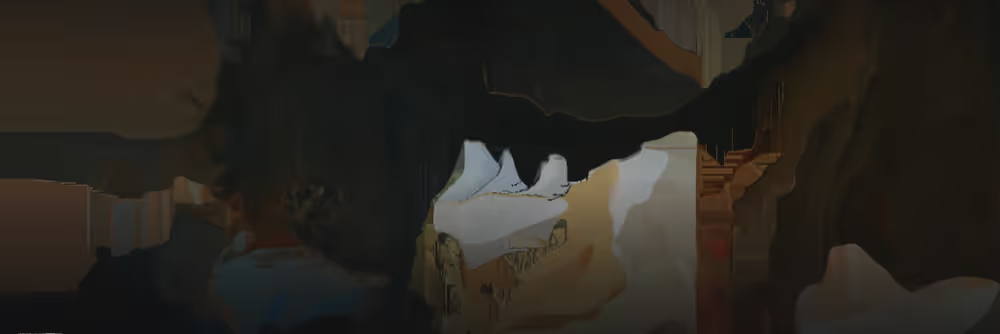Today, misinformation spreads faster than ever, blurring the line between reality and a fabrication. Visions illustrates how memory mutates and distorts, with an interactive experience where every touch alters the artwork, showing how memory and reality constantly rewrite themselves.
The series draws on classical masterpieces by artists like Holbein, Bosch, Bruegel, and Velázquez, each known for concealing social critiques within their work. In doing so, it illustrates how throughout history the only truth images carry is their power to deceive.
Today, misinformation spreads faster than ever, blurring the line between reality and a fabrication. Visions illustrates how memory mutates and distorts, with an interactive experience where every touch alters the artwork, showing how memory and reality constantly rewrite themselves.
The series draws on classical masterpieces by artists like Holbein, Bosch, Bruegel, and Velázquez, each known for concealing social critiques within their work. In doing so, it illustrates how throughout history the only truth images carry is their power to deceive.
The Visions dataset was built from over 10,000 public-domain artworks, later refined to only 666. These images were drawn from major open-access museum archives such as The Met, Rijksmuseum, NGA, Getty, AIC, and Europeana. Search terms that guided the curation included allegory, vanitas, trompe-l’œil, plague, apocalypse, mirror, mask, dream, and satire, revealing coded critiques beneath visual beauty and merging diverse art movements to form a dataset where seduction and critique coexist, providing the aesthetic and conceptual foundation for Visions.
Visions operates as a self-evolving visual ecosystem where image, data, and code form a continuous feedback loop.
Once the dataset is prepared and expanded using diffusion models; selected regions of images are reimagined in real time through iterative inpainting, where every new layer influences the next. As the system regenerates, it constantly evaluates visual coherence and translates computational states into evolving motion, depth, and relation. Through this interplay of analysis and regeneration, Visions transforms raw data into an autonomous hallucinatory choreography of perception, revealing how machines interpret, remember, and dream images.
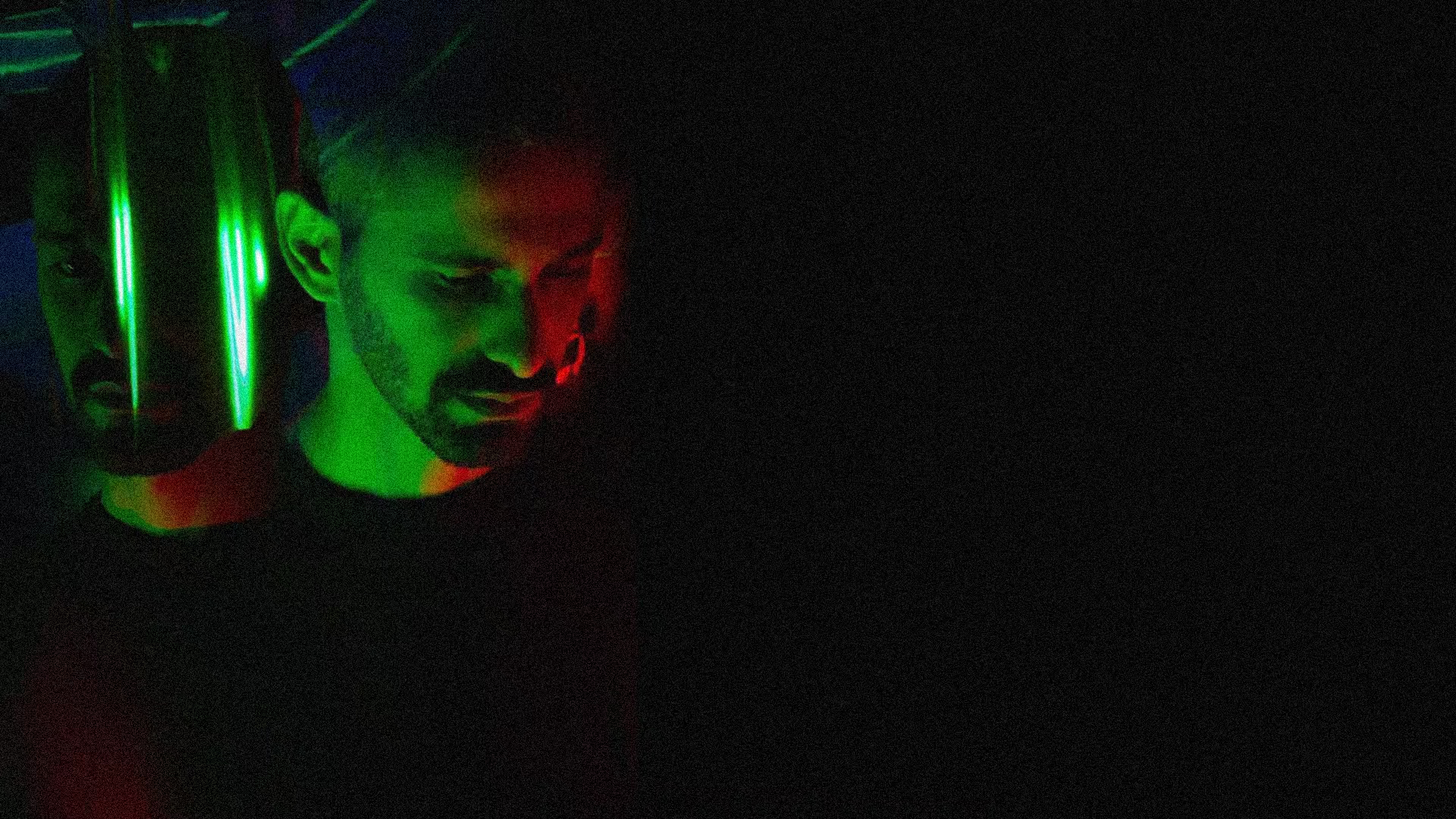
Orkhan Mammadov is a London-based Azerbaijani new media artist working with computational fine art. Known for pioneering AI and generative art, he transforms data and collective memory into immersive experiences. Trained in computer science, visual communication, and fine arts, Mammadov began as a self-taught designer and became a leading figure in digital culture. His projects examine how memory, perception, and identity shift with machine intelligence. Representing Azerbaijan at the Venice Biennale in 2019, he gained global attention for data-driven installations that blur the real and the simulated. Exhibited at Art Dubai, Miami Art Basel, and the Museum of the Future, his work invites audiences to rethink creativity and memory in the digital age.
More about artist: www.orkhan.art/about

Orkhan Mammadov is a London-based Azerbaijani new media artist working with computational fine art. Known for pioneering AI and generative art, he transforms data and collective memory into immersive experiences. Trained in computer science, visual communication, and fine arts, Mammadov began as a self-taught designer and became a leading figure in digital culture. His projects examine how memory, perception, and identity shift with machine intelligence. Representing Azerbaijan at the Venice Biennale in 2019, he gained global attention for data-driven installations that blur the real and the simulated. Exhibited at Art Dubai, Miami Art Basel, and the Museum of the Future, his work invites audiences to rethink creativity and memory in the digital age.
More about artist: www.orkhan.art/about
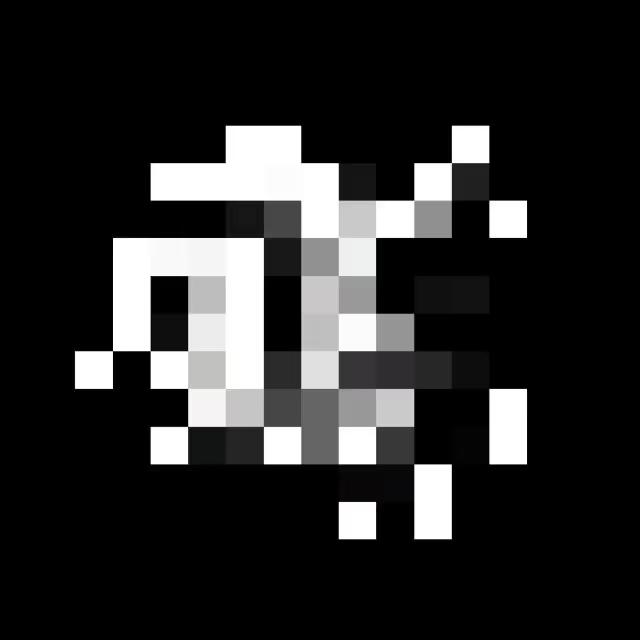
Slava Rybin is a systems artist exploring perception, feedback and complexity with new media — toward a deeper insight into life and mind.
Slava Rybin is a systems artist exploring perception, feedback and complexity with new media — toward a deeper insight into life and mind.
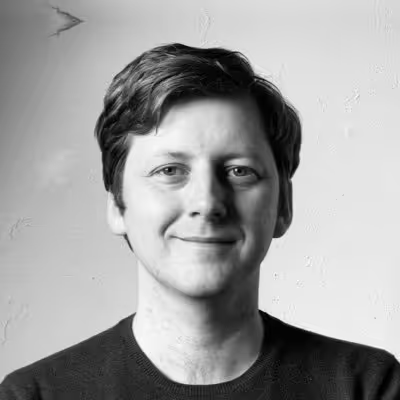
Marcin Ignac is a data artist and founder of Variable, London based studio exploring new ways of experiencing and interacting with data. His work is inspired by structures of biological organisms, patterns emerging from data and complexity of computer algorithms.
Marcin Ignac is a data artist and founder of Variable, London based studio exploring new ways of experiencing and interacting with data. His work is inspired by structures of biological organisms, patterns emerging from data and complexity of computer algorithms.
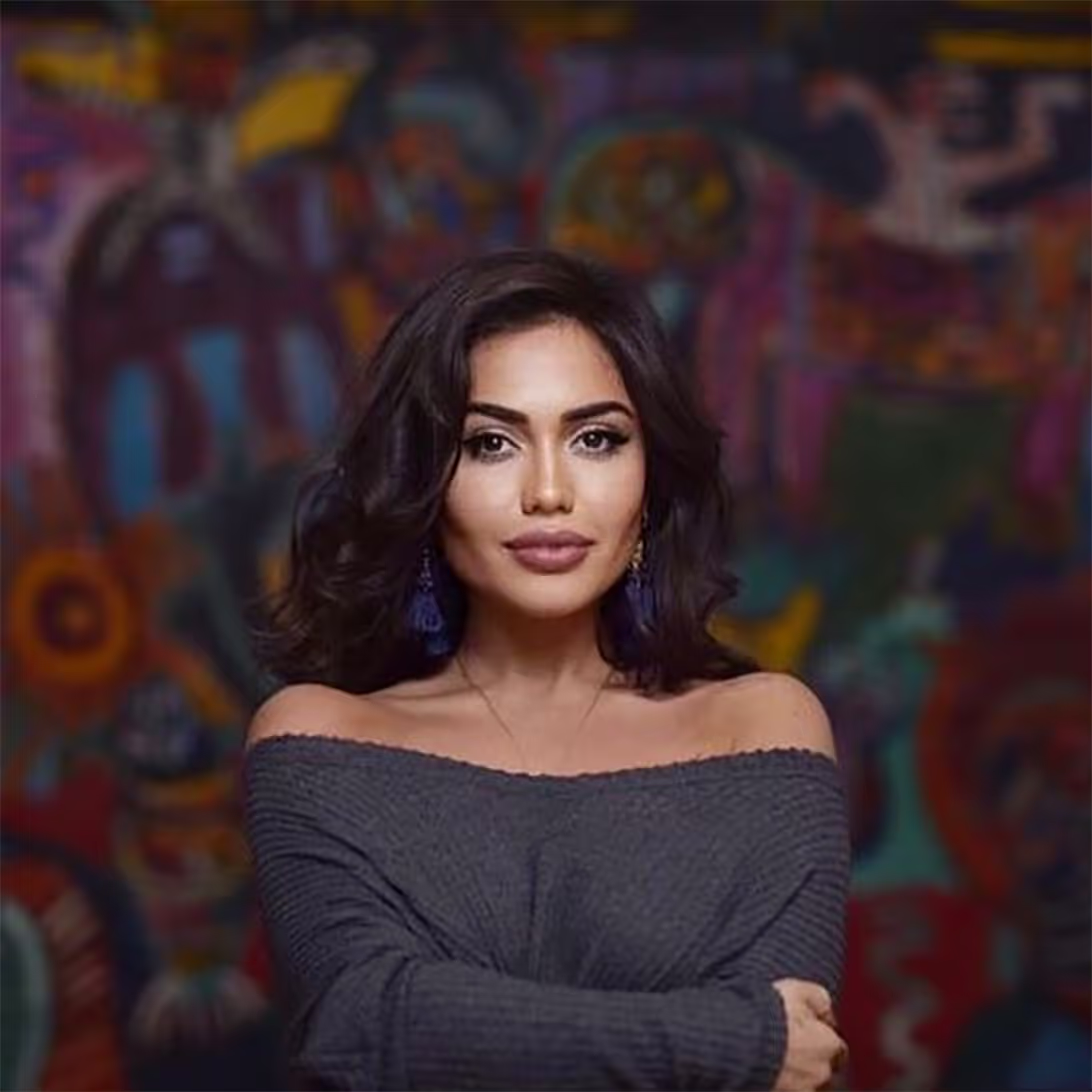
Farah Piriye Coene is an independent curator, art consultant, and cultural producer, as well as co-founder of ZEITGEIST19, a research-led platform exploring the intersection of art and sustainability. Her curatorial practice spans multidisciplinary projects—including installations, performances, films, and sound art—that bridge art and scientific research. Focused on transnational dialogues, her work examines how history, migration, memory, identity, and social forces intersect with environmental challenges. With dual MAs from Sotheby’s Institute of Art and Central Saint Martins, Farah develops socially engaged projects, talks, and podcasts that highlight the interconnectedness of humanity, culture, and the environment.
Farah Piriye Coene is an independent curator, art consultant, and cultural producer, as well as co-founder of ZEITGEIST19, a research-led platform exploring the intersection of art and sustainability. Her curatorial practice spans multidisciplinary projects—including installations, performances, films, and sound art—that bridge art and scientific research. Focused on transnational dialogues, her work examines how history, migration, memory, identity, and social forces intersect with environmental challenges. With dual MAs from Sotheby’s Institute of Art and Central Saint Martins, Farah develops socially engaged projects, talks, and podcasts that highlight the interconnectedness of humanity, culture, and the environment.
